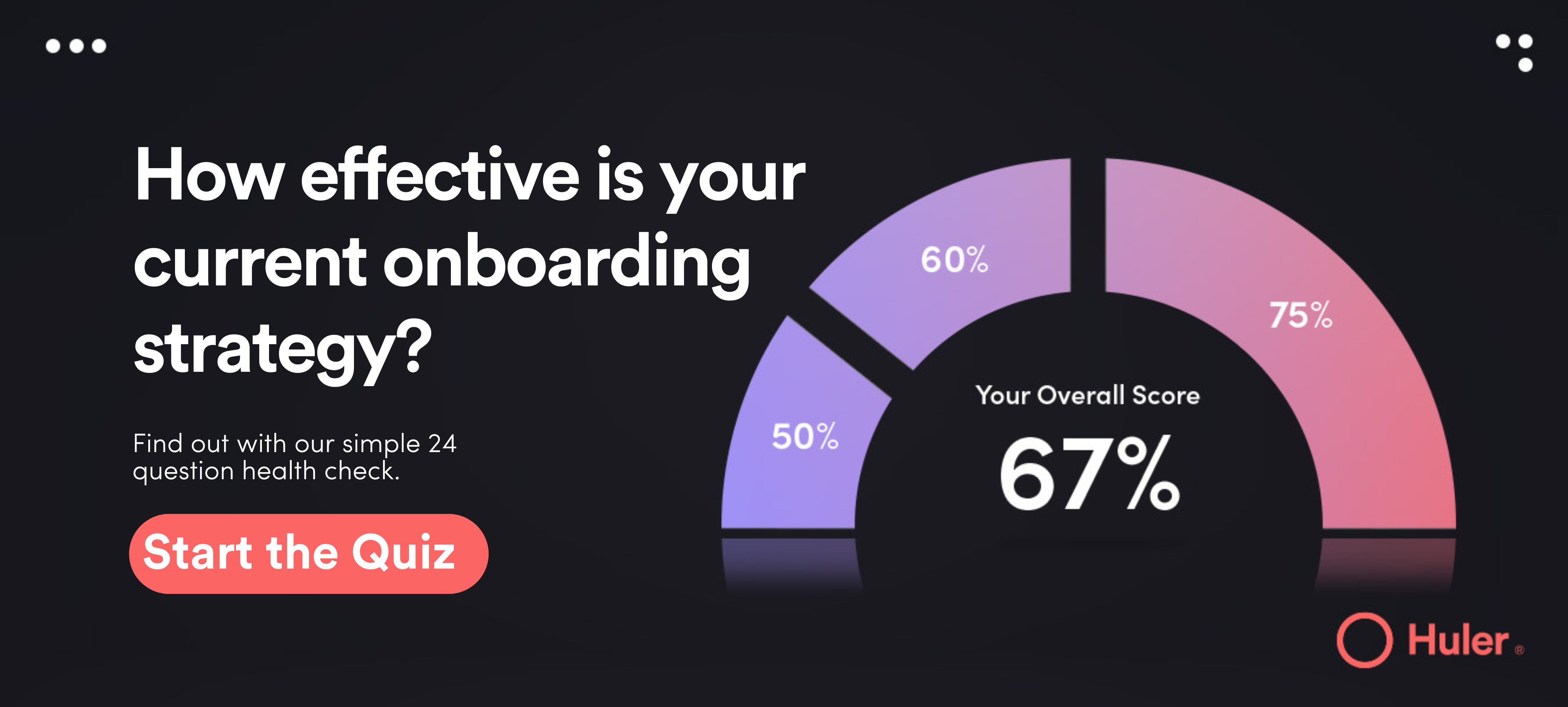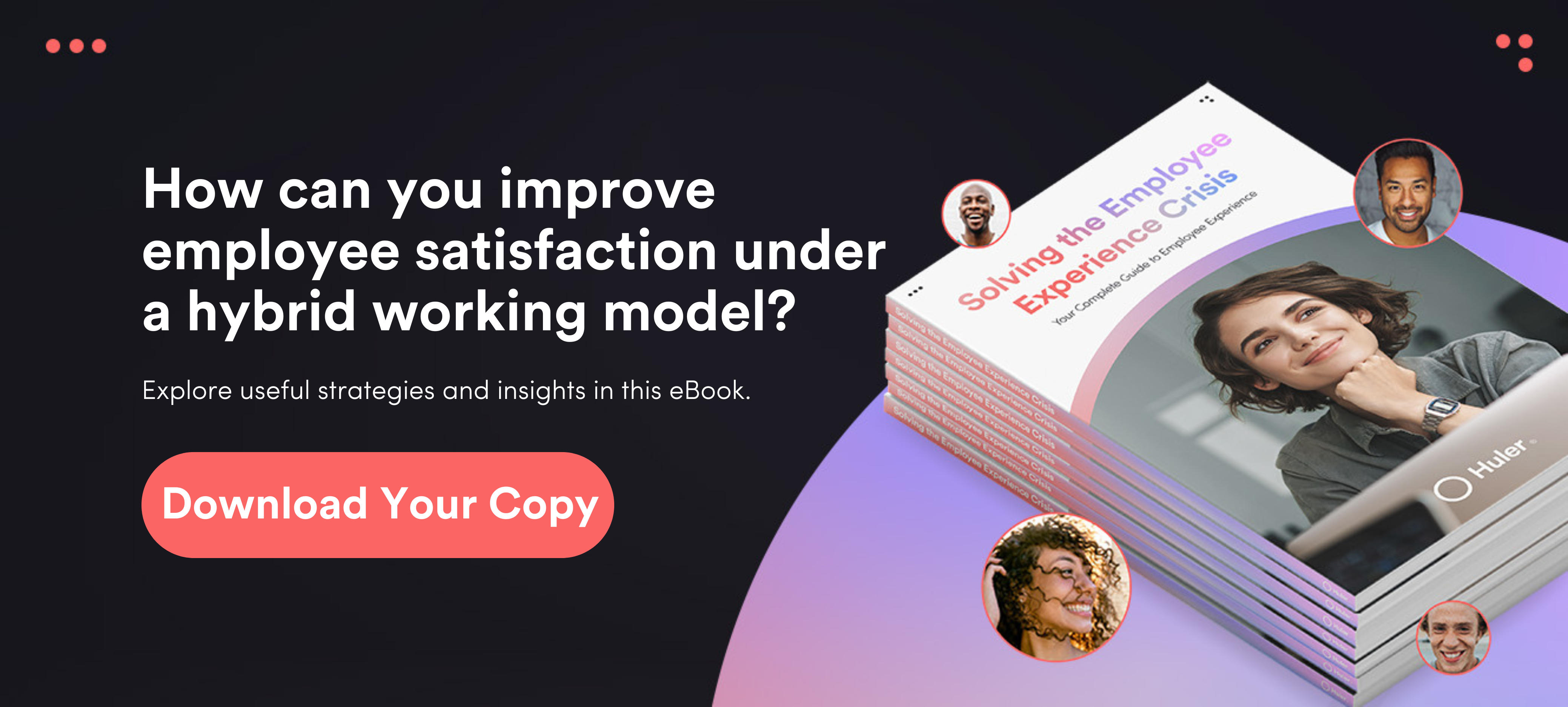Believe it or not, many of us experience gamification almost every single day. Once confined to games consoles, gamification has grown legs thanks to the rise of smartphones and tablets and now has its tendrils wrapped around many of our day-to-day interactions, particularly in relation to technology.
Loyalty programs that reward customers points with each purchase that can be redeemed for free items is a really common example of gamification. It’s a similar format we see replicated across many different forms of marketing and within the apps we use everyday.
It makes sense, then, that gamification would eventually find itself into the workplace given how effective it is at engaging us.
What Is Gamification At Work?
Gamification is the use of game elements and mechanics (such as rewards, levels, personalisation, and leaderboards) in non-game contexts.
At work, gamification can be used to better engage employees and motivate them to get things done.
One of the most well-known applications of gamification at work is game based learning. According to The 2019 Gamification At Work Survey, there is a direct link between employee engagement and gamification in training, with 83% of employees reporting feeling motivated when they receive training with gamification elements vs 28% in non-gamified training.
But gamification in the workplace can also reach beyond training and development with the result of higher productivity and motivation, increased levels of engagement, better communication, lower stress levels and increased energy levels.
Examples Of Gamification At Work
There are lots of different ways gamification can be used in the workplace to reap the benefits listed above. Here are a few:
Leader Boards
A bit of competition never hurt anyone, did it? And that’s exactly why leader boards are such an effective gamification element to use in the workplace.
We often talk about the importance of transparency here on our blog, and a leader board is nothing but transparent. It provides a visual representation for employees allowing them to compare their progress in relation to others and set realistic goals for themselves.
They also stimulate competition and drive employees to perform in order to oust their colleagues from the top spot!
Of course, there are nuances to implementing a leader board. That is, this technique might not work for everyone without careful consideration. In studies, researchers found that more extraverted people reported more positive experiences with leader boards, which suggests that this gamification element might not be as effective with introverted individuals who might feel demotivated by their ranking position.
Virtual Badges & Points
Many of us will be familiar with the concept of receiving virtual badges or awards. A great example of this are Xbox achievements, which are triggered when you complete a certain task in a game. Each individual achievement a person earns goes towards their Gamerscore, which they can compare with friends on the platform.
This gamification strategy can also be used to work through setting specific goals and linking them with a reward for achieving the goal. Commonly used rewards include badges, ranks or statuses which can be shared with colleagues to provide additional motivation through recognition.
Essentially, virtual badges can be used to leverage gamification to drive desirable employee behaviour from submitting expense reports every month to answering customer queries within a specific timeframe.
Progress Bars
We see progress bars pretty much everyday. They are great at visually indicating how close a process is to completion. You might see this sort of gamification element when setting up your LinkedIn profile, for example, or working through a sign-up process as a consumer. We also see progress bars when updating our phones, laptops, and tablets – and so we associate them with a feeling of reward when they’re complete.
As people we are driven to both have goals and accomplish them simply because we feel good when we achieve something. A progress bar gives us the feeling of completion that we crave upon doing something, and it can be used in lots of different areas of work.
For example, progress bars could be utilised in the onboarding process to show where a new hire is on their journey and how much further they have to go. As each task is completed in the process (such as filling in forms, taking eLearning courses, meeting their manager, etc) the progress bar fills up, pushing them to complete it.
Simulations
Using simulations in the workplace can be highly effective in a number of areas. First of all, job simulations can be used during the hiring process to recreate common scenarios and assess the skills of candidates.
Simulations can also be used for training employees on new apps, methods or tools. They are very effective for training in organisations using hybrid work models as they are carried out in a virtual environment and so can be completed from anywhere.
This gamification element can be used to simulate real-life experiences in experiential learning, helping employees gain deeper knowledge of the tools, programs and devices they are expected to use. Simulations can also be used to give real-time context to jobs that typically rely on data and spreadsheets.
The Importance Of Design
Gamification is a valuable technique for changing behaviour and boosting productivity. But it isn’t a one-size fits all solution. Gamification at work only performs how you want it to when it is thoughtfully designed to suit the employees you are looking to engage.
A noteworthy example of gamification gone awry came from none other than Disney, who implemented an electronic leader board at their Disneyland Resort Hotels in Anaheim, California. The purpose of the leader board was to track the performance of laundry staff in meeting management’s goals. Rather than seeing this leader board as a fun productivity initiative, employees dubbed the game “the electronic whip” with reports surfacing of workers having to skip comfort breaks in order to meet their targets.
This cautionary tale from Disney should not be ignored. Part of effectively using gamification at work is to create a balanced experience that improves productivity, process and personal growth. It isn’t about productivity at any and all costs. As we can see above, rather than breed engagement, gamification gone wrong has the potential to create more stress and have an adverse effect on employee wellbeing.
The Future Of Gamification Of Work
From training and development to boosting productivity and engagement, there are many ways in which gamification can be used at work. What’s more, employees are all for gamification in the workplace (89% of employees think they would be more productive at work if it were game-like and 88% say that gamification makes them happy at work).
While learning and development teams have taken huge strides to embrace gamification as a way to achieve company-wide goals, gamification in the wider context of work is still in its infancy. That being said, when used correctly, this approach to motivating employees can be super effective in tapping into the intrinsic motivations of your people and pushing them to perform better than ever.
With the rise of artificial intelligence, virtual reality, augmented reality and other clever technology, digital transformation in the workplace is more important than ever and gamification is just a small part of this. Here at Huler, we exist to help businesses boost employee engagement, reshape the employee experience and skyrocket productivity with the help of technology.
To find out more, check out HulerHub, our new digital workplace platform that’s revolutionising the way hybrid and distributed teams work.







